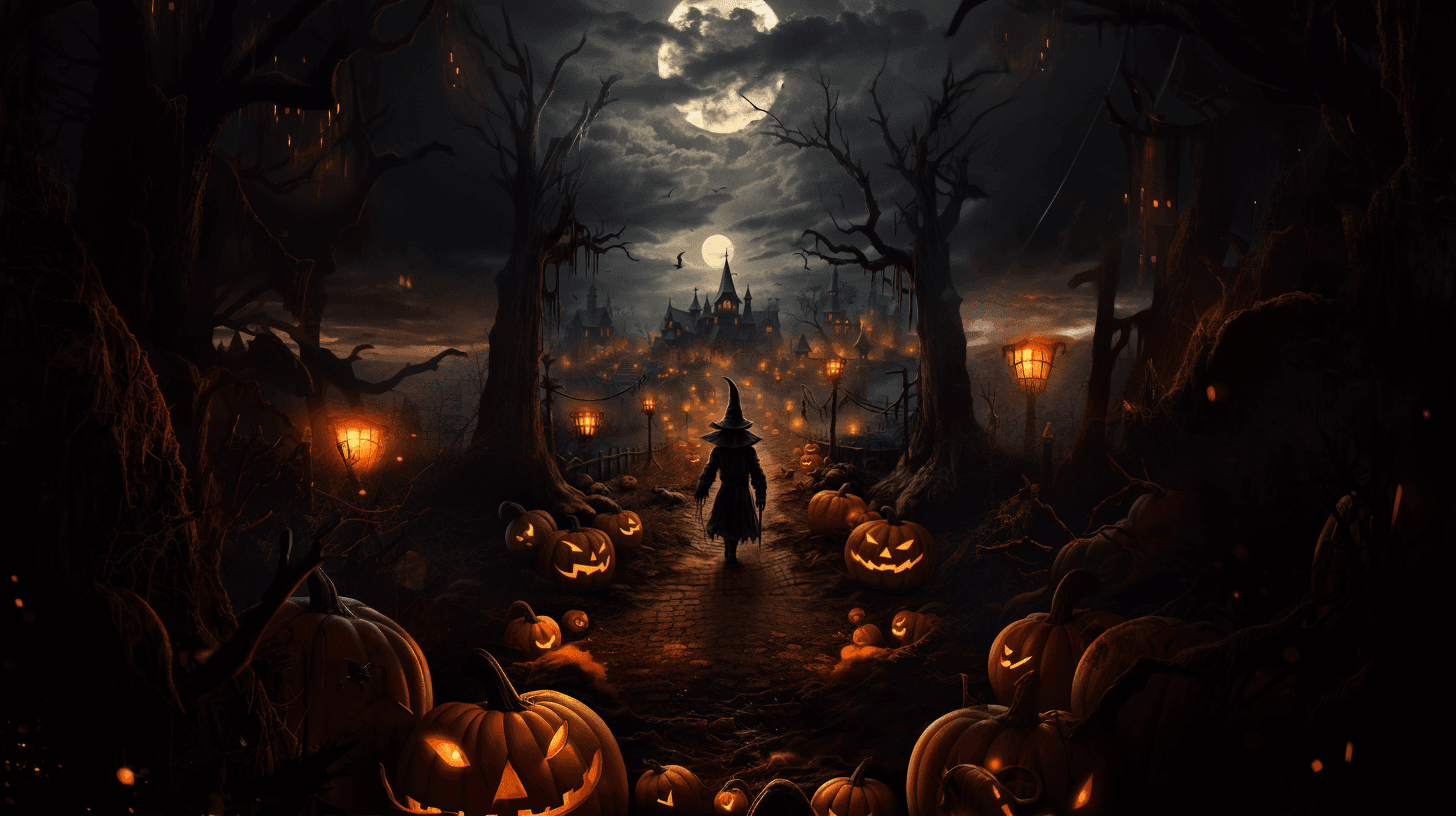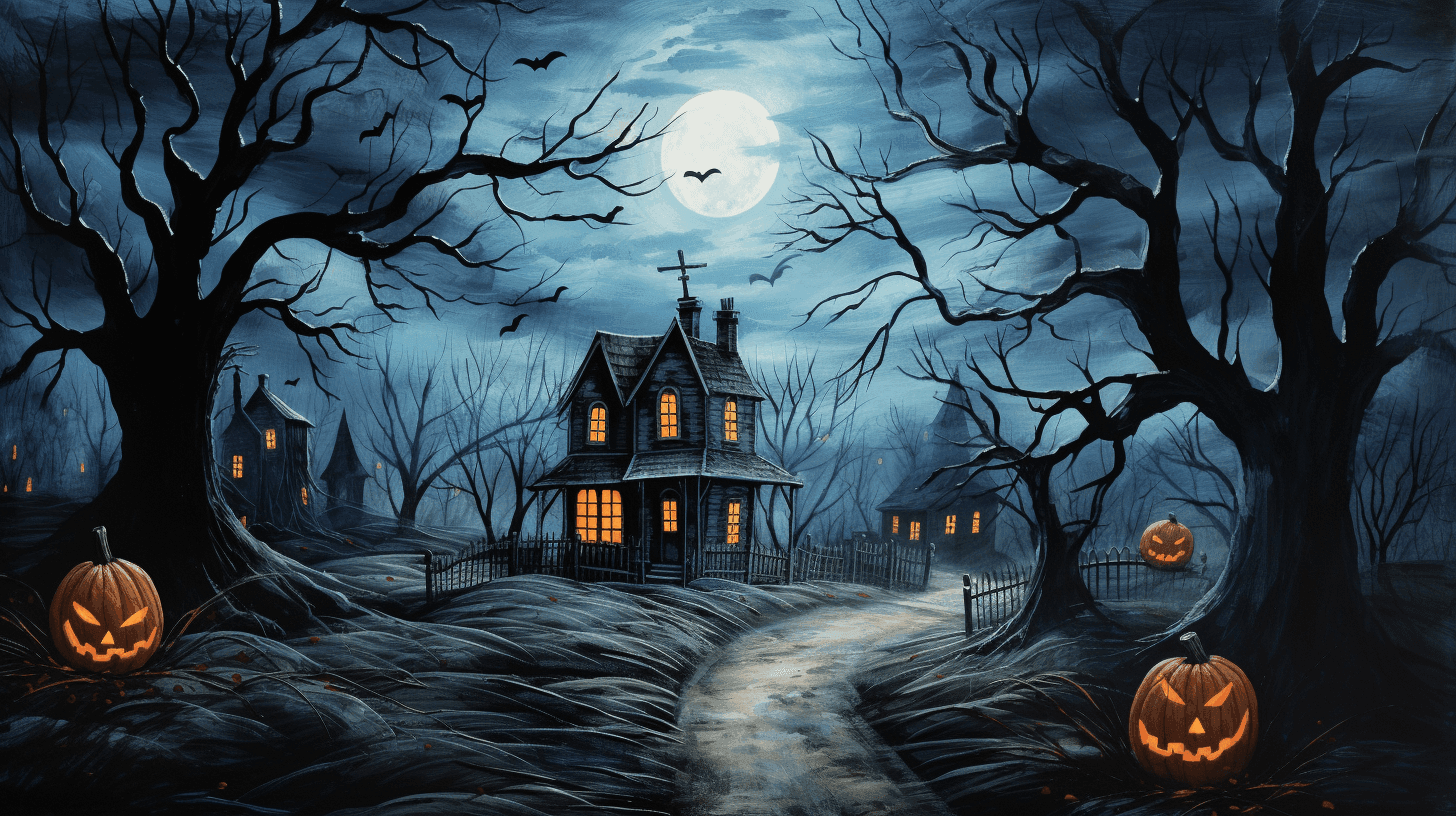The Evolution of Halloween: From Ancient Traditions to Modern Celebrations
Origins: A Celtic Beginning
The history of Halloween is as layered as the costumes that mark the holiday. Its roots can be traced back over 2,000 years to the ancient Celtic festival of Samhain, which was celebrated from sunset on October 31 to sunset on November 1. Marking the end of the harvest season and the beginning of winter, Samhain was a time to honor the deceased and prepare for the months ahead.
During Samhain, it was believed that the boundary between the living and the dead became blurred, allowing spirits to cross over. To ward off any malevolent spirits, the Celts wore costumes and masks, lit bonfires, and made offerings of food and drink. In essence, what we now know as Halloween has deep spiritual and seasonal roots.
Christian Influence and All Hallows' Eve
With the spread of Christianity, many pagan practices were absorbed and adapted. Around the 8th century, Pope Gregory III designated November 1 as All Saints' Day, a time to honor all saints and martyrs. The evening before, known as All Hallows' Eve and eventually Halloween, became a time of spiritual reflection and remembrance.
In medieval Europe, "souling" and "guising" became popular customs. Children and the poor would go door-to-door, offering prayers for the dead in exchange for "soul cakes" or other food. This practice eventually morphed into what we now know as trick-or-treating.

Immigration and Americanization
The celebration of Halloween was brought to America primarily by Irish immigrants fleeing the potato famine in the 19th century. The tradition evolved further in the United States, incorporating various cultural influences along the way. Jack-o'-lanterns, for instance, were initially carved from turnips in Ireland and Scotland. But upon finding that pumpkins were more abundant in the New World, the iconic pumpkin jack-o'-lantern was born.
The Meaning Today: More than Just Candy and Costumes
In modern times, Halloween has become a commercial juggernaut, with sales of costumes, decorations, and, of course, candy, reaching astronomical figures. Yet, beneath the commercial veneer, the essence of Halloween remains a celebration of imagination, community, and the mysterious.
For children, it's an exercise in creativity and play, embodied in the costumes they wear and the joy of trick-or-treating. For adults, it offers a chance to step out of their everyday roles and indulge in fantasy. Moreover, many people still honor the holiday's more spiritual origins, using it as a time to remember loved ones who have passed on or explore deeper facets of their own spirituality.

Conclusion
Halloween is a living tradition, its meanings as varied as the costumes that people wear. While it has strayed far from its ancient Celtic roots, it continues to serve as a reflection of societal beliefs, fears, and desires. Above all, Halloween remains a testament to the human imagination and our collective ability to adapt and evolve.